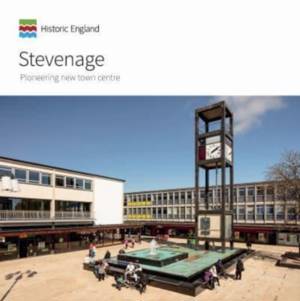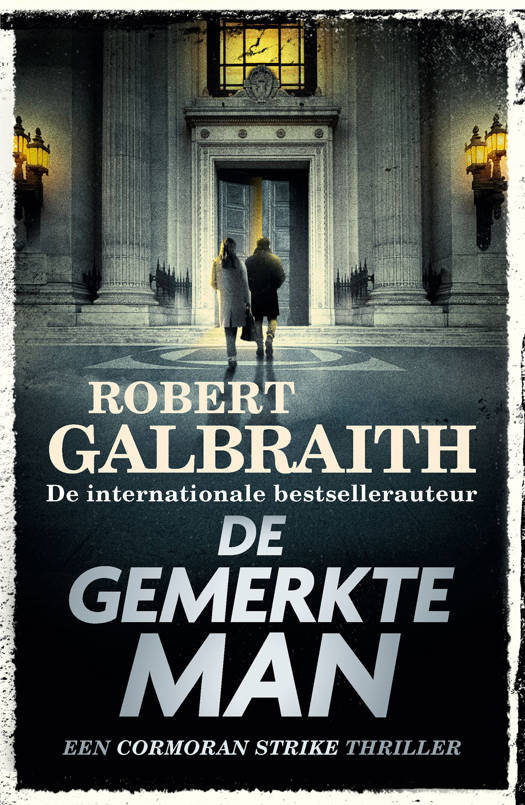
- Afhalen na 1 uur in een winkel met voorraad
- Gratis thuislevering in België vanaf € 30
- Ruim aanbod met 7 miljoen producten
- Afhalen na 1 uur in een winkel met voorraad
- Gratis thuislevering in België vanaf € 30
- Ruim aanbod met 7 miljoen producten
Zoeken
Omschrijving
This book charts the history of Stevenage new town centre, looking at its planning, development, design influences, significance and survival. The historic market town of Stevenage was the first location to be designated for major expansion under the New Towns Act 1946, making it Britain's first post-war new town. As part of this a new town centre was planned from 1946. Informed by the ideas of figures including Gordon Stephenson and Clarence Stein, among the leading planners of their day, the detailed design of this area was undertaken in the 1950s by Stevenage Development Corporation, under Chief Architect Leonard Vincent. The shopping precinct, with surrounding car parks and bus station, was built first, begun in earnest in 1956 and officially opened in April 1959. Its design is notable: the fully pedestrian precinct is one of the earliest examples of this kind of development in Britain and on a scale unequalled in Europe at the time of its initiation. The shopping precinct, designated as a conservation area in 1988, is notable for its uniformity, integrity and level of survival. Provision was also made in the town centre for offices, community, entertainment and public buildings, which will be discussed in this book, along with expansion works undertaken in the 1960s and '70s.
Specificaties
Betrokkenen
- Auteur(s):
- Uitgeverij:
Inhoud
- Aantal bladzijden:
- 176
- Taal:
- Engels
- Reeks:
Eigenschappen
- Productcode (EAN):
- 9781800855991
- Verschijningsdatum:
- 17/11/2021
- Uitvoering:
- Paperback
- Formaat:
- Trade paperback (VS)
- Afmetingen:
- 213 mm x 208 mm
- Gewicht:
- 566 g

Alleen bij Standaard Boekhandel
+ 118 punten op je klantenkaart van Standaard Boekhandel
Beoordelingen
We publiceren alleen reviews die voldoen aan de voorwaarden voor reviews. Bekijk onze voorwaarden voor reviews.








